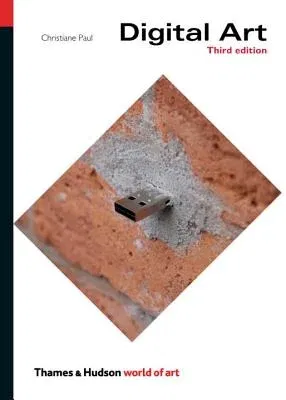Christiane Paul
(Author)Digital ArtPaperback, 12 May 2015

Qty
1
Turbo
Ships in 2 - 3 days
In Stock
Free Delivery
Cash on Delivery
15 Days
Free Returns
Secure Checkout

Part of Series
World of Art
Print Length
272 pages
Language
English
Publisher
Thames & Hudson
Date Published
12 May 2015
ISBN-10
0500204233
ISBN-13
9780500204238
Description
Product Details
Author:
Book Format:
Paperback
Country of Origin:
US
Date Published:
12 May 2015
Dimensions:
20.83 x
14.99 x
1.78 cm
Genre:
Art Aspects
ISBN-10:
0500204233
ISBN-13:
9780500204238
Language:
English
Location:
London
Pages:
272
Publisher:
Series:
Weight:
544.31 gm